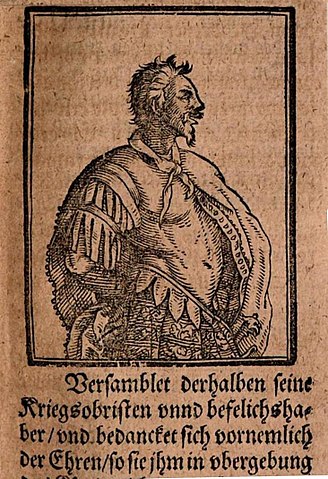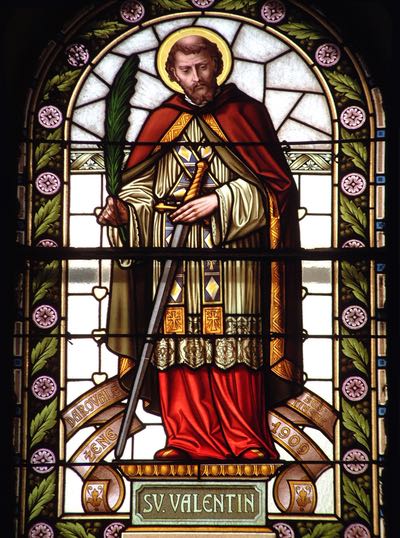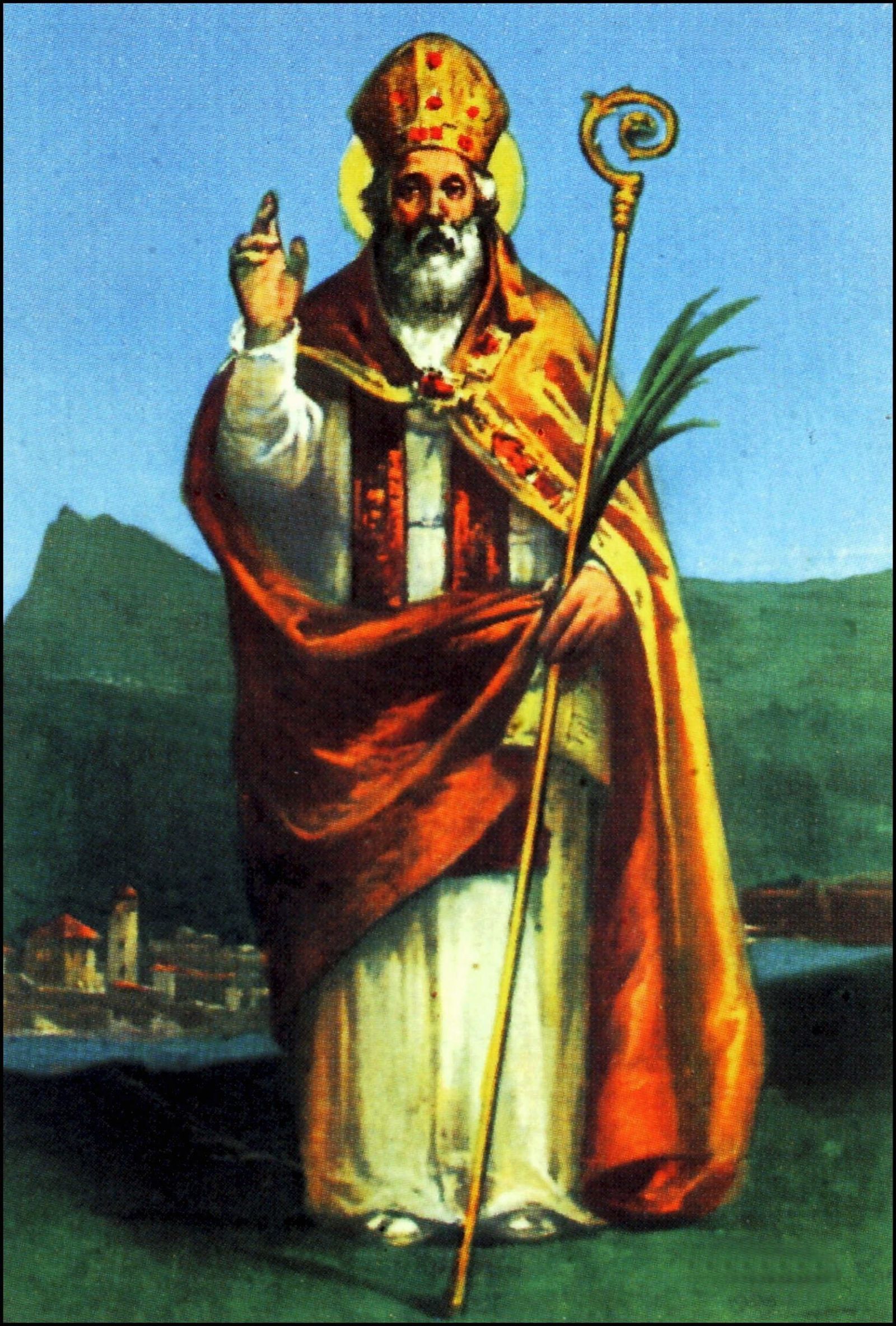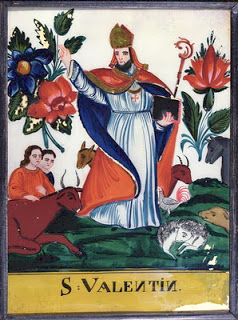rome
Wayback Wednesday: Attilla Attacks Italy 452

Author: Willhelm Dilich
Source: Ungarische Chronica
Image Credit: Wikipedia
Attila was the ruler of the Huns from 434 until his death in March 453. He was also the leader of a tribal empire consisting of Ostrogoths, Alans and Bulgars, among others, in Central and Eastern Europe. He is also considered one of the most powerful rulers in world history.
Attila [invaded] and [ravaged] Italy on June 8, 452, one-thousand, five hundred and seventy years, ago, today. Communities became established in what would later become Venice as a result of these attacks when the residents fled to small islands in the Venetian Lagoon. His army sacked numerous cities and razed Aquileia so completely that it was afterwards hard to recognize its original site. Aëtius lacked the strength to offer battle, but managed to harass and slow Attila’s advance with only a shadow force. Attila finally halted at the River Po. By this point, disease and starvation may have taken hold in Attila’s camp, thus hindering his war efforts and potentially contributing to the cessation of invasion.
Wiki Summary
Attila, by-name Flagellum Dei (Latin: “Scourge of God”) [ruled] jointly with his elder brother Bleda until 445. In legend, he appears under the name Etzel in the Nibelungenlied and under the name Atli in Icelandic sagas. The empire that Attila and his elder brother Bleda inherited seems to have stretched from the Alps and the Baltic in the west to somewhere near the Caspian Sea in the east.
In 452, the Huns invaded Italy and sacked several cities, including Aquileia, Patavium (Padua), Verona, Brixia (Brescia), Bergomum (Bergamo), and Mediolanum (Milan). Aetius could do nothing to halt them but, the famine and pestilence raging in Italy in that year compelled the Huns to leave without crossing the Apennines.
Attila, King of the Huns
Britannica Summary
Attila invaded northern Italy in 452 but, spared the city of Rome due to the diplomacy of Pope Leo I and the rough shape of his own troops. Legend has it that St. Peter and St. Paul appeared to Attila, threatening to strike him dead if he did not settle with Pope Leo I. Attila died the following year, in 453, before he could try once again to take Italy.
Attlia the Hun
Biography
Throwback Thursday: Rome Sacked 455

Collection: Tretyakov Gallery
Image Credit: Wikipedia
One thousand, five hundred and sixty-seven years ago, today…
The Sack of 455 was the third of four ancient sacks of Rome. [It] was conducted by the Vandals, who were then at war with the usurping Western Roman Emperor Petronius Maximus.
In the 440s, the Vandal king Genseric and the Roman Emperor Valentinian III had betrothed their children, Huneric and Eudocia, to strengthen their alliance, reached in 442 with a peace treaty (the marriage was delayed as Eudocia was too young). In 455 Valentinian was killed and Petronius Maximus rose to the throne. Petronius married Valentinian’s widow, Licinia Eudoxia and had his son Palladius marry Eudocia. [In] this way, Petronius was to strengthen his bond with the Theodosian Dynasty. Unhappy, however, with her husband’s murder and the usurpation of Maximus, Eudoxia turned to aid from the Vandals to remove Maximus from his undeserved throne. The overture was favorably met because Maximus’ revolution was damaging to Genseric’s ambitions. The king of the Vandals claimed that the broken betrothal between Huneric and Eudocia invalidated his peace treaty with Valentinian and set sail to attack Rome, landing at Ostia at the mouth of the Tiber.
Wiki Summary
On this day in 455, the Vandals sacked Rome. It wasn’t too awful, as sackings go, because the Vandal king Genseric agreed to refrain from slaughtering all the inhabitants and burning down the entire city if the Romans didn’t put up any military resistance…which, they didn’t. They just threw the gates right open. So, for the next two weeks, the Vandals merely drank all the wine, stole all the treasure, enslaved an unlucky few thousand locals and generally vandalized the place. A few hundred of the impromptu wine-tastings, as it were, got out of hand and some buildings, or some people, ended up on fire but, hey…relatively speaking, the Romans got off pretty easy.
Modern Drunkard Magazine
Today’s Reason To Drink
Frank Kelly Rich
Throwback Thursday: The Legend of Saint Valentine 469

The History
There are SO many stories regarding the origins of the Valentine’s Day we celebrate. The most common story about this elusive man was that he was a priest and bishop in Rome in the 3rd century. The Roman Emperor of the time was Claudius Gothicus (Claudius II), the first of the tough, soldier emperors, that ruled with an iron fist and was known for his cruelty. From The History Channel:
Under the rule of Claudius the Cruel, Rome was involved in many unpopular and bloody campaigns. The emperor had to maintain a strong army but, was having a difficult time getting soldiers to join his military leagues. Claudius believed that Roman men were unwilling to join the army because of their strong attachment to their wives and families. To get rid of the problem, Claudius banned all marriages and engagements in Rome. Valentine, realizing the injustice of the decree, defied Claudius and continued to perform marriages for young lovers in secret. When Valentine’s actions were discovered, Claudius ordered that he be put to death. Valentine was arrested and dragged before the Prefect of Rome who condemned him to be beaten to death with clubs and, to have his head cut off. The sentence was carried out on February 14, on or about the year 270. Legend also has it that while in jail, Valentine left a farewell note for the jailer’s daughter, who had become his friend, and signed it “From Your Valentine.”

From Science Direct:
[…] he was arrested and thrown in prison by Emperor Claudius II. He was put under vigilance of prefect Asterius, director of the confine who had challenged Valentine, before, regarding his alleged healing powers. Asterius, a ruthless man, requested Valentine to restore the gift of sight to his daughter, Julia, who was born a blind girl. Valentine placed his hands over her eyes, prayed to God and Julia was able to see. Asterius, in awe of Valentine’s power converted to Christianity, along with 46 members of his family. He, then, also freed all Christians who were confined in his prison. The emperor, aware of what had happened, ordered Valentine and Asterius to be beheaded. The penalty was probably executed, on February 14, 271 AD. Sometime before his execution, Valentine wrote a letter, signed “from your Valentine”, saying goodbye to Julia, the daughter of Asterius with whom he had fallen in love. This would become the first record in history of a “Valentine’s Day letter”.
From Catholic Online:
According to the popular hagiographical identity, and what is believed to be the first representation of St. Valentine, the Nuremberg Chronicle, St. Valentine was a Roman priest martyred during Claudius’ reign. […] A relationship between the saint and emperor began to grow, until Valentine attempted to convince Claudius of Christianity. Claudius became (en)raged and sentenced Valentine to death, commanding him to renounce his faith or be beaten with clubs and beheaded. St. Valentine refused to renounce his faith and, Christianity, and was executed outside the Flaminian Gate on February 14, 269. However, other tales of St. Valentine’s life claim he was executed either in the year 269, 270, 273 or 280. Another variation of the legend of St. Valentine says he refused to sacrifice to pagan gods, was imprisoned and, while imprisoned, he healed the jailer’s blind daughter. Whoever he was, Valentine did really exist, because archaeologists have unearthed a Roman catacomb and an ancient church dedicated to St. Valentine. In 496AD, Pope Gelasius marked February 14th as a celebration in honor of his martyrdom.

From Sowing The Seeds:
The Catholic Church’s official list of recognized saints, the Roman Martyrology, lists seven Valentines: a martyr (a possible Roman priest or Terni bishop) buried on the Via Flaminia (February 14); a priest from Viterbo (November 3); a bishop from Raetia who died in about 450 (January 7); a fifth-century priest and hermit (July 4); a Spanish hermit who died in about 715 (October 25); Valentine Berrio Ochoa, martyred in 1861 (November 24); and Valentine Jaunzarás Gómez, martyred in 1936 (September 18). Valentine did not appear in the official Church calendar for centuries, however “Martyr Valentinus the Presbyter and those with him at Rome” remains on the list of saints proposed for veneration by Catholics. In the Eastern Orthodox Church, Saint Valentine the Presbyter is celebrated on July 6, and Hieromartyr Saint Valentine (Bishop of Interamna, Terni in Italy) is celebrated on July 30. Clearly they are viewed as two separate people. Notwithstanding that, conventionally, members of the Greek Orthodox Church named Valentinos (male) or Valentina (female) celebrate their name on February 14th.
The Modern
So, how did we get the day of celebration we have now? That is nearly as obscure as the saint that the day is based on.
From Wikipedia:
English 18th-century antiquarians Alban Butler and Francis Douce, noting the obscurity of Saint Valentine’s identity, suggested that Saint Valentine’s Day was created as an attempt to supersede the pagan holiday of Lupercalia (mid-February in Rome). This idea has lately been dismissed by other researchers, such as Professor Jack B. Oruch of the University of Kansas, Henry Ansgar Kelly of the University of California, Los Angeles and Associate Professor Michael Matthew Kaylor of the Masaryk University. Many of the current legends that characterize Saint Valentine were invented in the 14th century in England, notably by Geoffrey Chaucer and his circle, when the feast day of February 14 first became associated with romantic love.
From Country Living:
[…] University of Kansas English professor, the late Jack B. Oruch, had a different theory […] Through research, he determined that the poet Geoffrey Chaucer linked love with St. Valentine for the first time in his 14th-century works “Parlement of Foules” and “The Complaint of Mars.” Therefore, Oruch claimed that Chaucer invented Valentine’s Day as we know it today. At the time, February 14 also happened to be considered the first day of spring since it was the beginning of birds’ mating season—perfectly appropriate for a celebration of affection.
Addendum
According to Catholic Online and Catholic Saints, Saint Valentine is the Patron Saint of epilepsy, fainting, (a non-specific) plague, bee keepers, affianced couples, betrothed couples, engaged couples, love, lovers, happy marriages, young people and travelers. Whew! That is quite a lot to keep up with.
Enjoy the day! ~Vic

